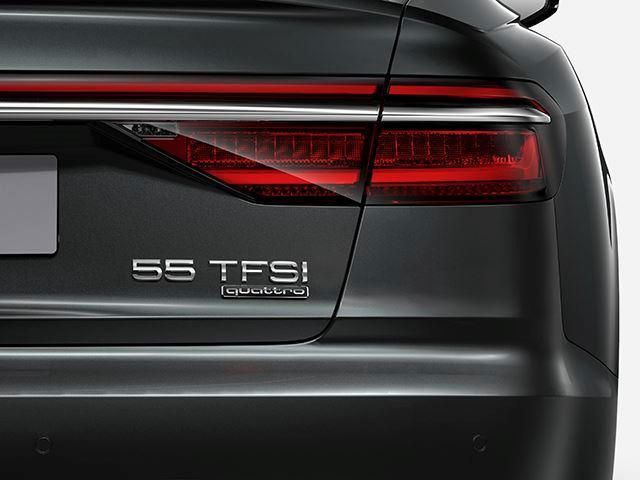
Audi recently unveiled a new naming scheme that would include each model's power output. This sounded like a good idea, especially since BMW and Mercedes both use alphanumerical naming schemes that spell out what engine a certain car has. We couldn't wait to see what Audi's new scheme would look like, until we started to hear about it. For some reason, Audi decided to relate its scheme to how many kilowatts the engine produces. Not only do most people not use kilowatts, but the numbers don't even directly align with the output.
For example, an Audi with 81 to 96 kilowatts (108-128 horsepower) would have a 30 badge (for some reason). The numbers go up in increments to 70, with diesel models being a bit lower than gas models. If this all sounds confusing, that's because it is. Luckily, US buyers will not have to deal with learning this convoluted mess. Autoblog reports that Audi will not use this naming scheme in the US. At the recent A7 launch event, Audi representatives explained that the US has far fewer engine choices than markets like Europe, so there would be no need for the extra badges. US Audi models will likely retain the old formula of having the engine size on the back (such as 2.0T).
This sounds like a much easier solution, but we've seen in the past that this doesn't always work out well with Audi. For example, the 3.0T engine sounds like a 3.0-liter turbocharged engine, but was actually supercharged. Jaguar recently revealed a practically perfect naming scheme, which simply puts the horsepower of the car following either a P, D, or E (petrol, diesel or electric). For example a 3.0-liter F-Type with 380 hp would be badged as a P380. We don't know why Audi ever thought that this confusing naming scheme was a good idea, and we are glad that it isn't coming to the US.

